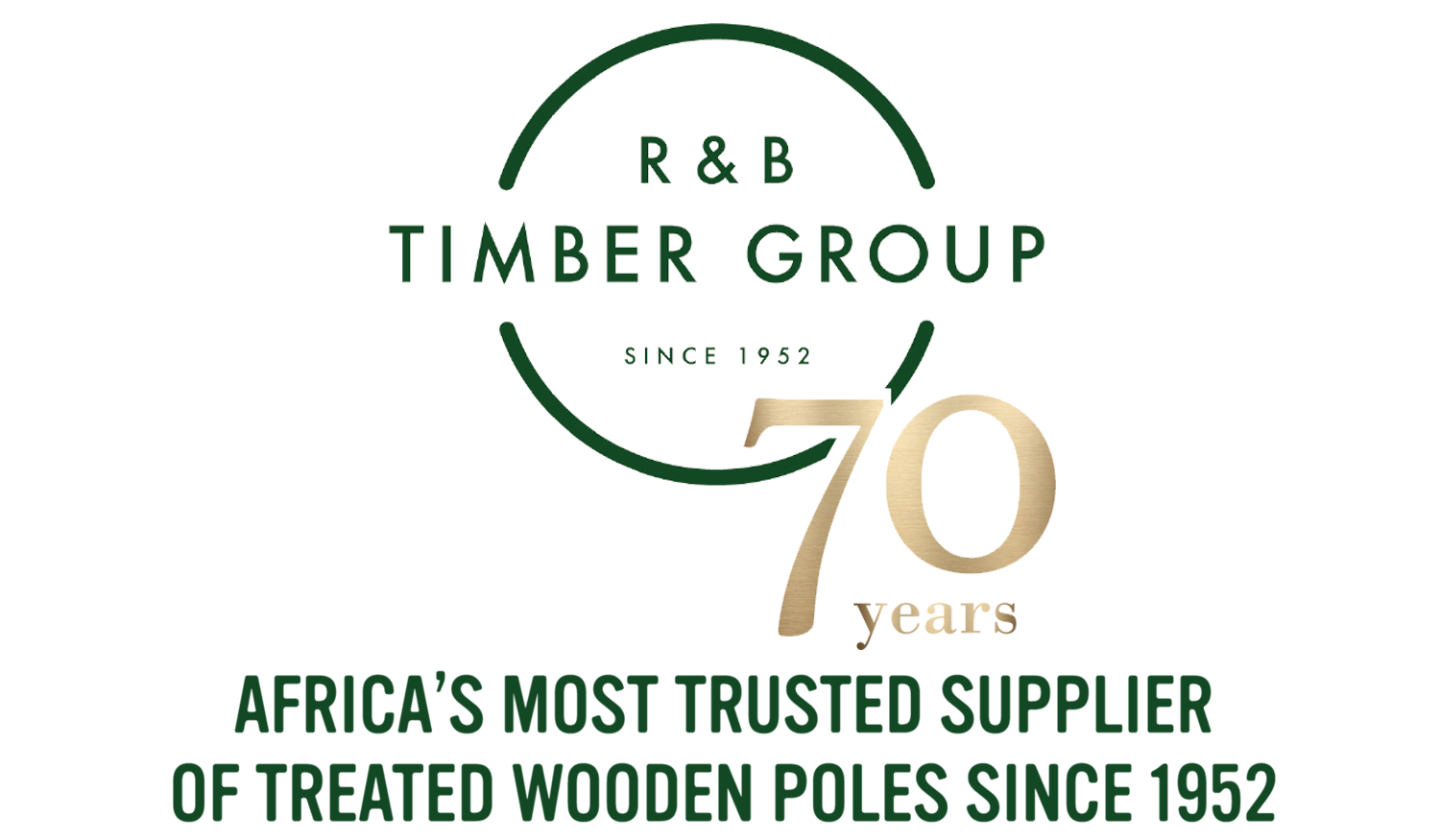Exploring the Different Styles of Timber Fencing
Fencing is a great way to ensure that your property’s borders are cleary marked, or to ensure privacy in a certain space.
As the use of timber endures, modern homeowners consistently seek out treated timber to create exciting new fencing structures. Over time, different styles of fencing have emerged to fulfill various functions - and in this article, we’ll explore four notable examples and their benefits.
Privately paneled fencing
A privacy-paneled fence is, as its name might suggest, typically used to ensure privacy and to hide a field of view - such as to enclose a living area or servitude.
Most commonly, a privacy paneled fence is constructed by creating a horizontal railing of treated timber, where upon thin flat boards are laid in succession with a slim marginal gap to allow for expansion and contraction during warm or cold weather, respectively.
Typically, privacy paneled fencing can also be used for decorative effect - meaning it can be easily treated, stained, or even painted to artistic effect. The overall look and feel of the fence can further be defined by whether the panels in question are shaped to be flat, dog-eared, or rounded.
Privacy-paneled fencing is commonly a variety of heights, though is most commonly between 0.3 and 2 meters tall.
Picket-style fencing
Most commonly seen in or around suburban gomes, picket fences are madeup of evenly spaced vertical panels that are called ‘pickets’, which are connected together by a series of horizontal rails and anchored into the ground through end posts.
Picket fences typically end in a point, and have in the pased been used to define borders or keep smaller animals in a yard space - or, in some cases, to keep pests such as vermin way from growing produce.
However, picket fences have perhaps become more commonly associated with modern homes. In many cases, picket fences are painted to enhance their visual appeal.
Ranch fences
As their name might imply, ranch fences are a basic form of fence designed to demarcate or cordon off a section of functional land - such as on a farm or ranch.
A normal ranch fence might consist of a basic design - such as horizontal rails attached to vertical boards.
Given its purpose, ranch fences are typically usually constructed from treated timber and are not usually used for an aesthetic effect - for this reason, most ranch fences are not decorated beyond the colour stain of timber treatments.
In South Africa, ranch-style fences are more commonly seen around common spaces such as parks or nature reserves, and fulfill a variety of functions.
Post and rail fencing
Most often seen around paddocks or in other agricultural or domestic settings, post and rail fencing is also used in a variety of outdoor constructions in decks, pergolas, or in some cases in retaining walls.
Post and rail fencing is nearly exclusively main from treated pine given its impressive durability and ease-of-use. Given that a CCA or creosote treatment has been applied, post and rail fencing can also be used in a variety of circumstances where the weather or climate is inclement, given its water-resistant and pest-retardant characteristics.
